The Importance of the Tundra for Wildlife
Animals

A Unique Habitat for Adapted Wildlife
A Unique Habitat for Adapted Wildlife
The Tundra's Role in the Food Chain
The Tundra's Role in the Food Chain
Climate Regulation and Carbon Storage
Climate Regulation and Carbon Storage
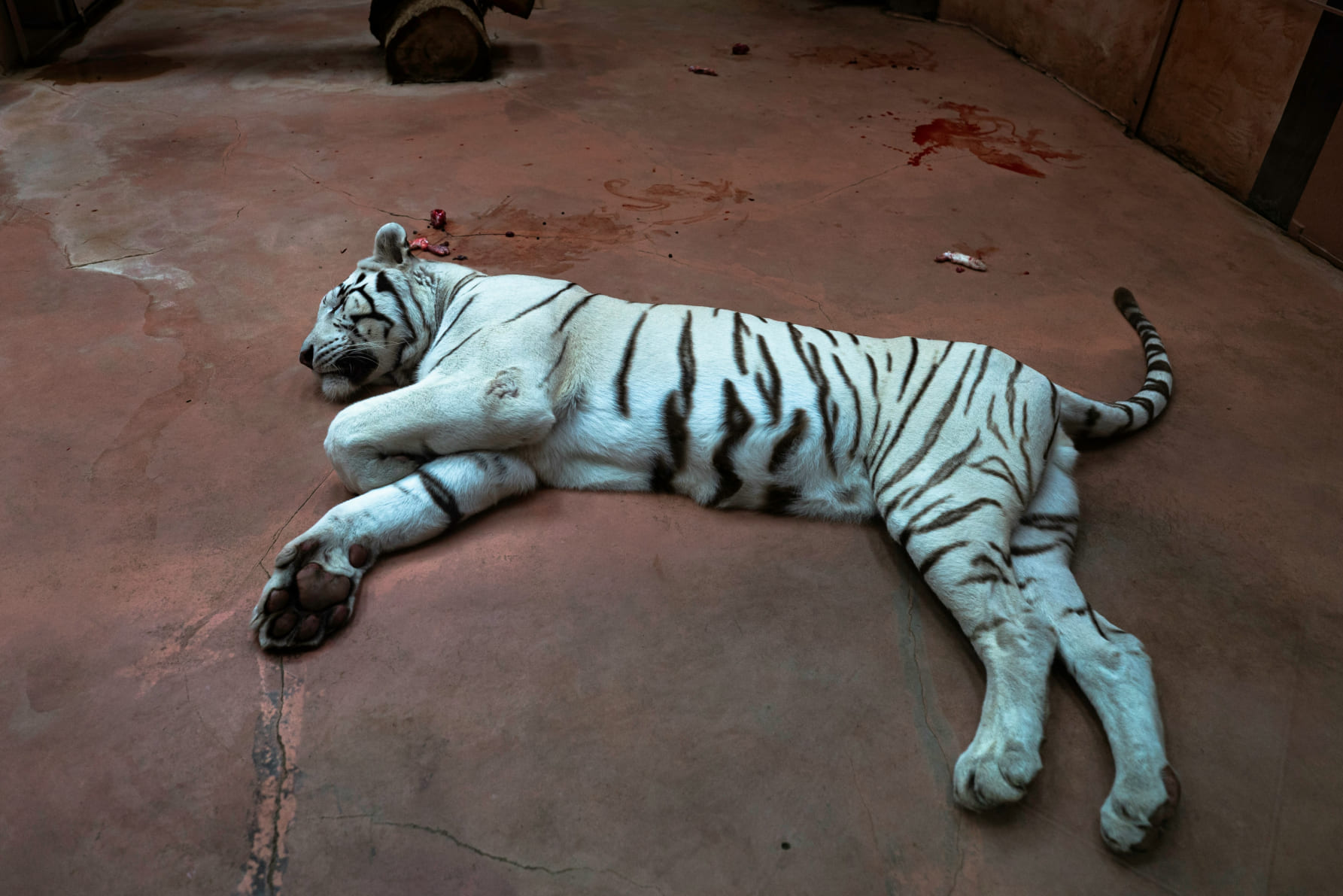
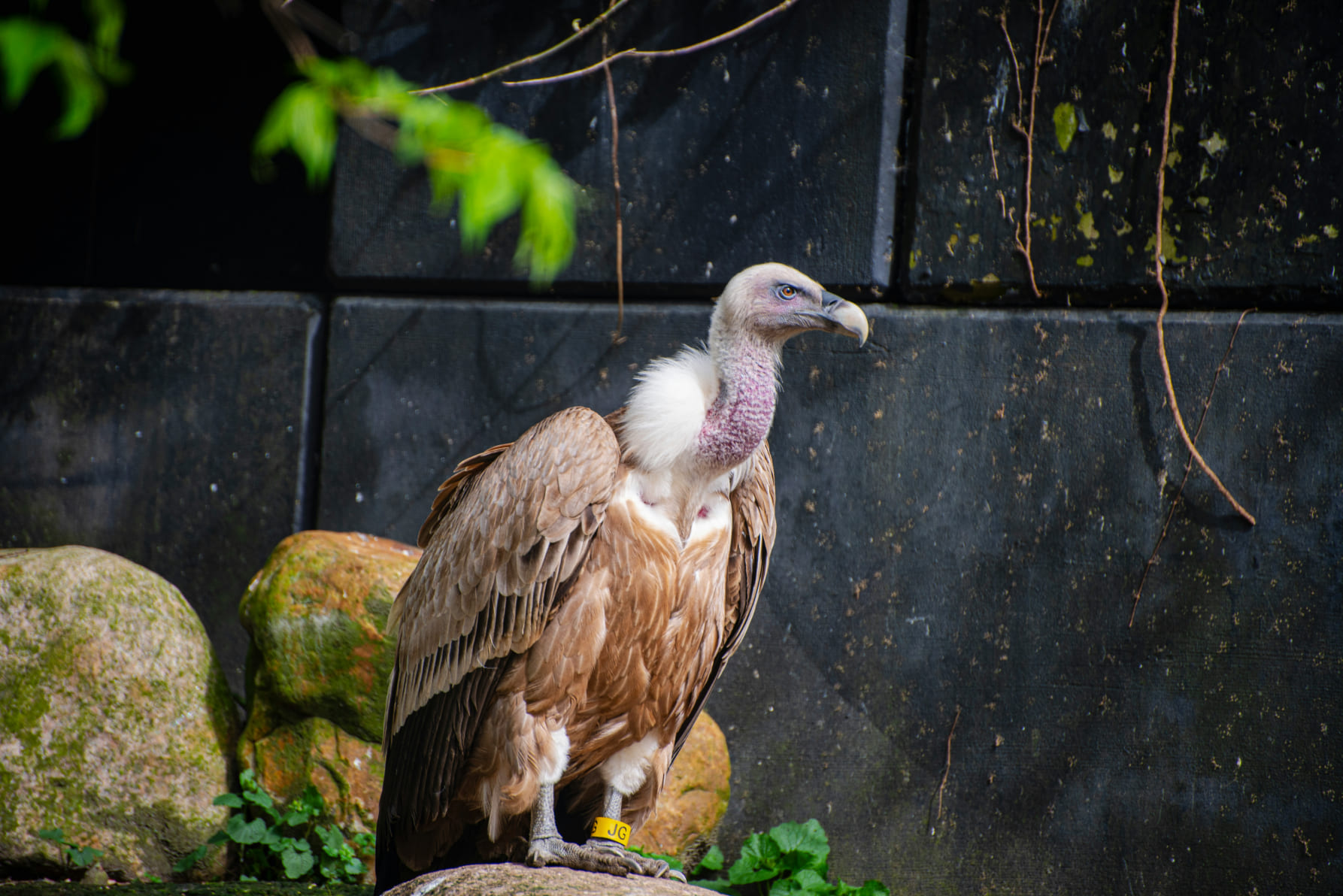
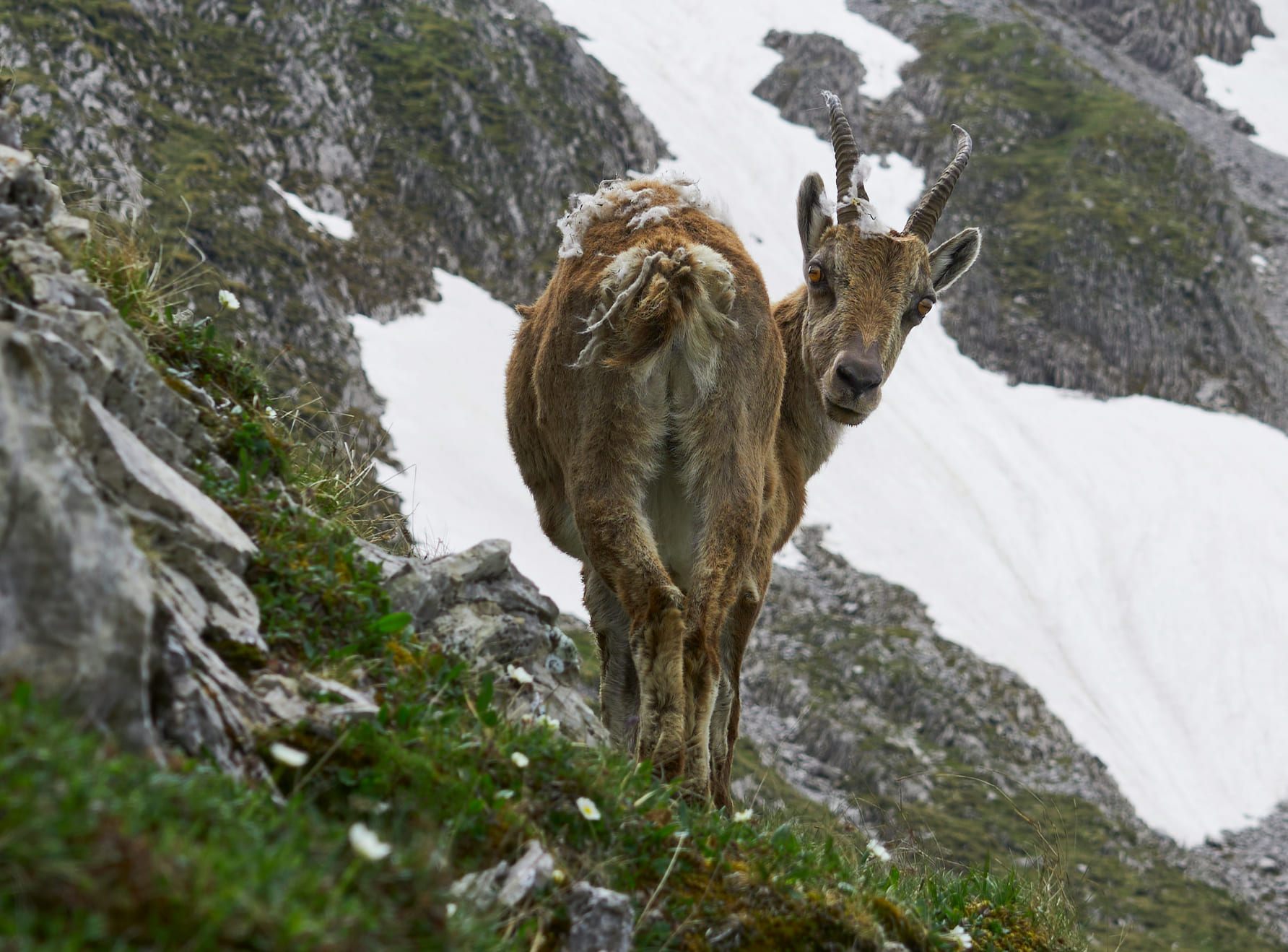
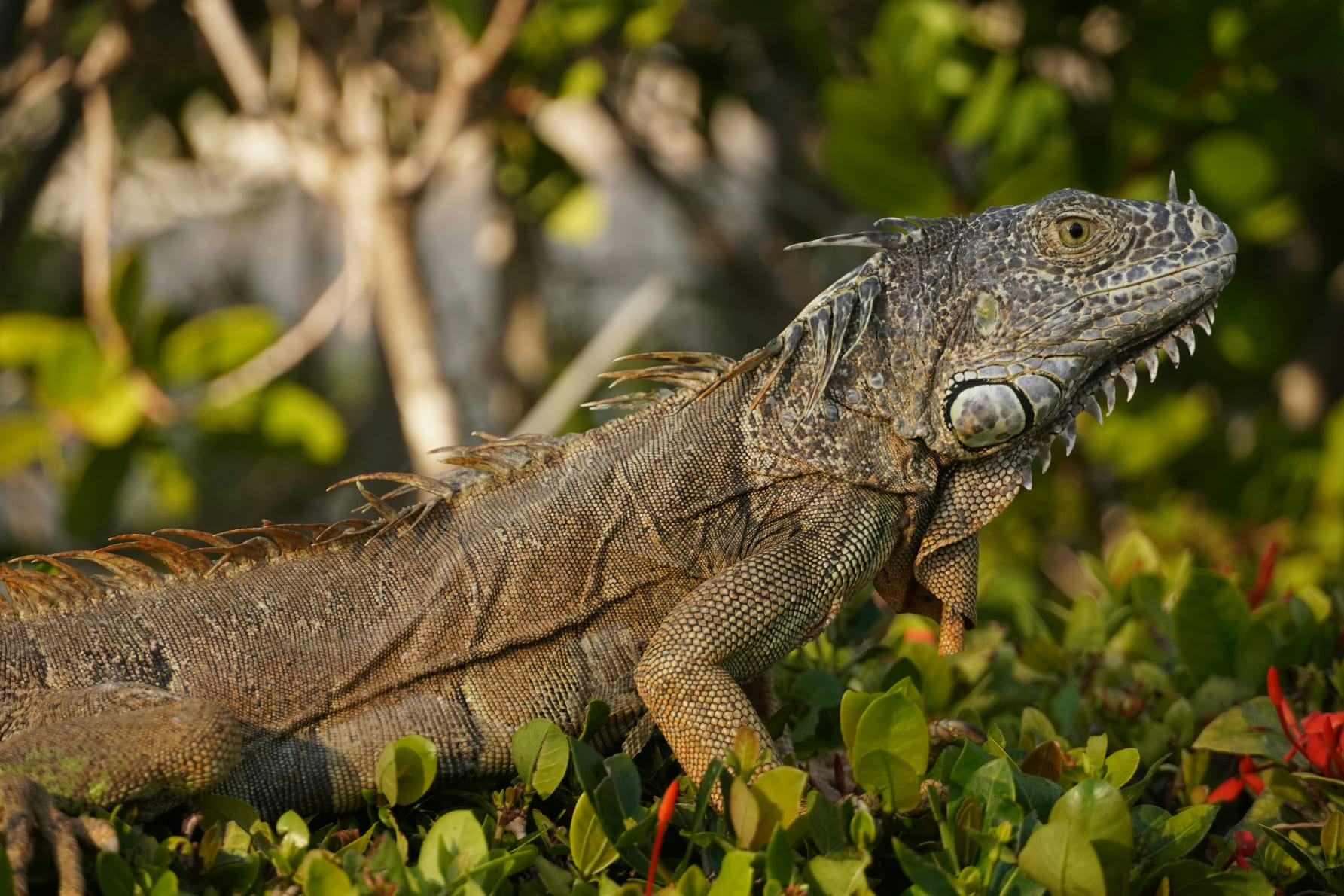
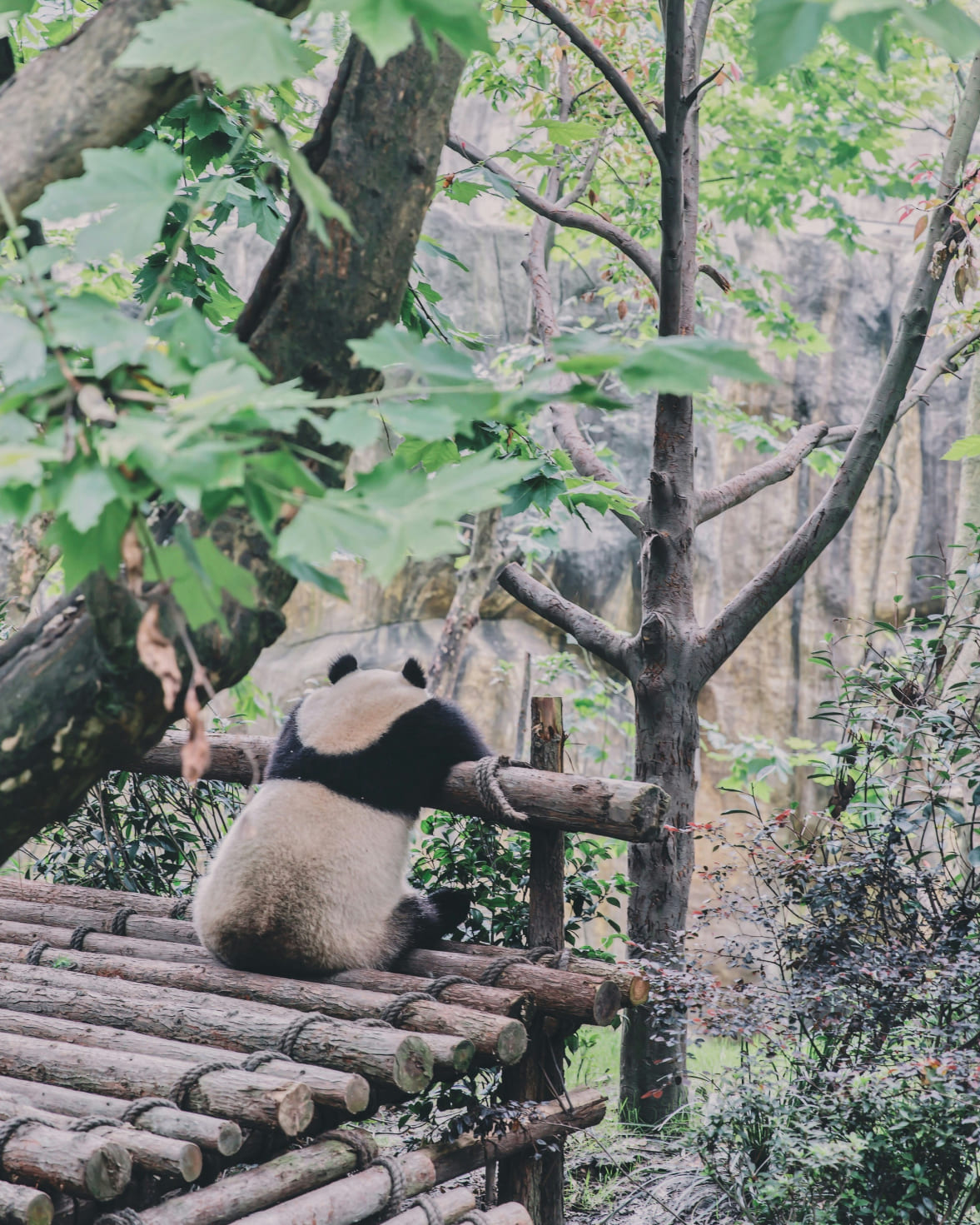
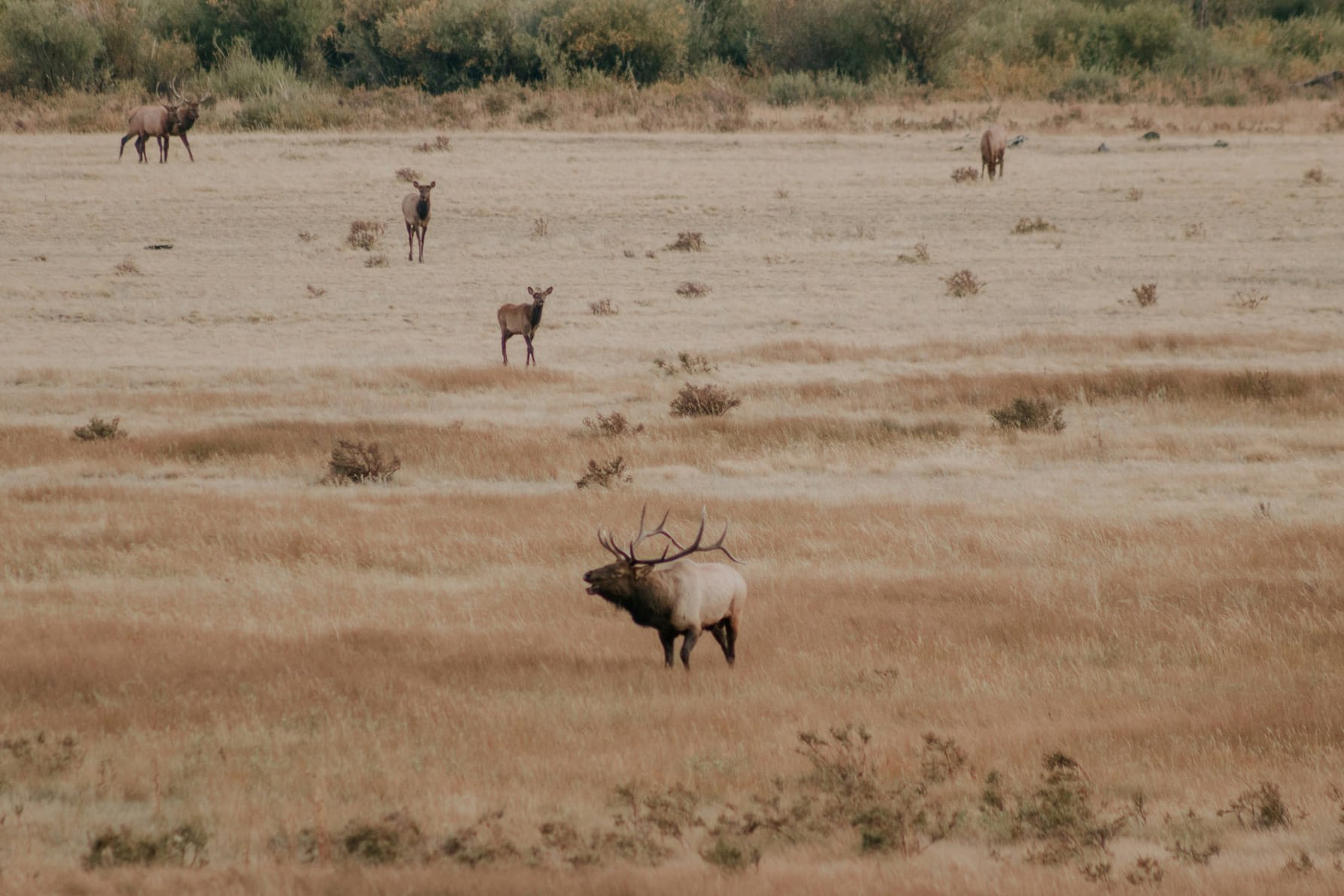
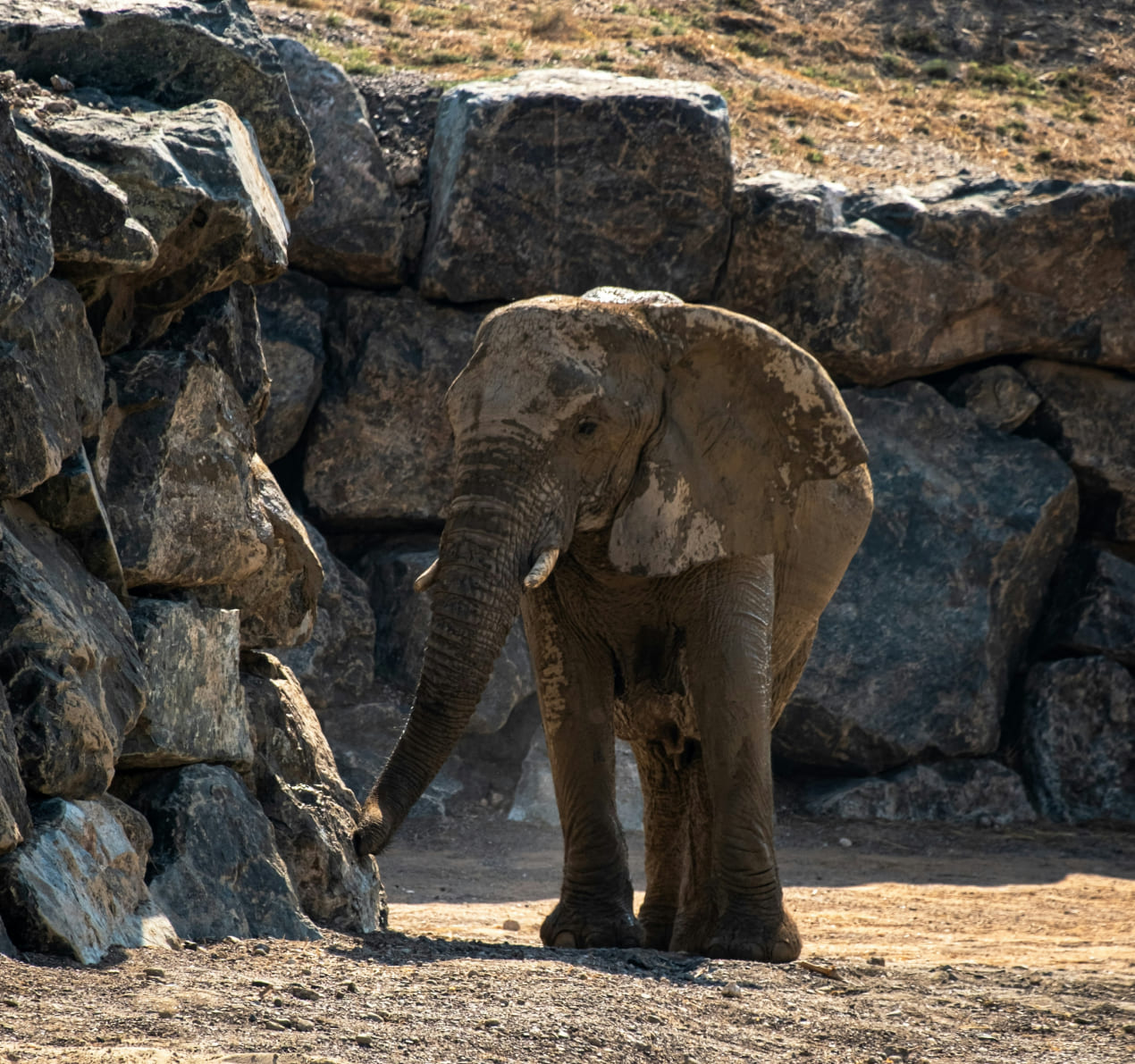
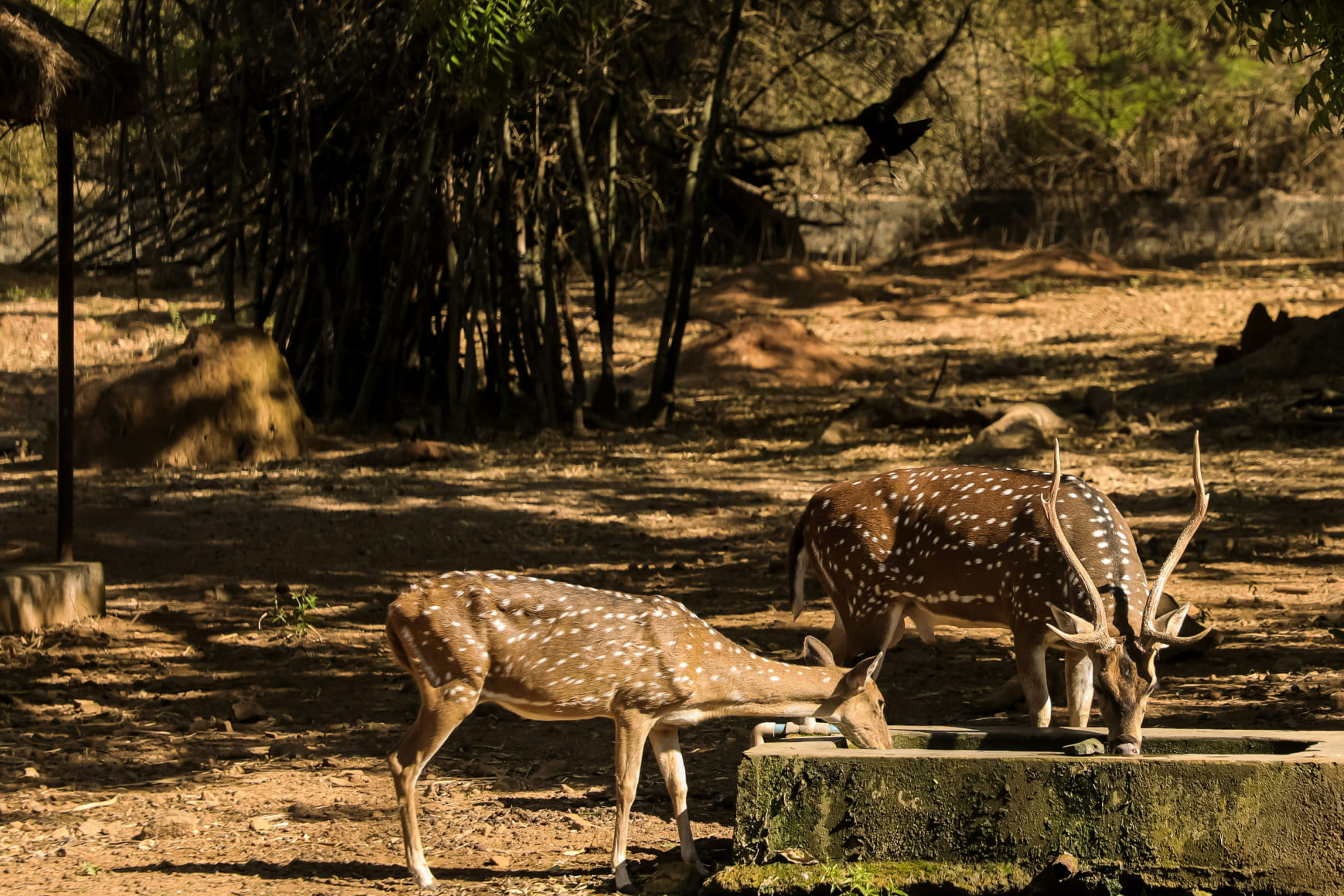

How do animals survive in the harsh conditions of the tundra?
Animals in the tundra have adapted in various ways to survive extreme cold and limited food availability. Many, like the polar bear and Arctic fox, have thick fur and layers of fat to insulate against freezing temperatures. Others, such as caribou, migrate to find food. Birds like the snowy owl develop special feathers for warmth and camouflage.
What are the most iconic animals found in the tundra?
The tundra is home to several iconic species, including polar bears, Arctic foxes, snowy owls, caribou, and musk oxen. Each of these animals plays a crucial role in the tundra ecosystem and showcases unique adaptations to survive in this extreme environment.
How is climate change affecting tundra wildlife?
Climate change is causing the tundra to warm at an alarming rate, leading to melting permafrost, shrinking sea ice, and altered ecosystems. These changes threaten the survival of many species, such as polar bears, which rely on ice to hunt. Conservation efforts and reducing carbon emissions are critical to protecting this fragile habitat.


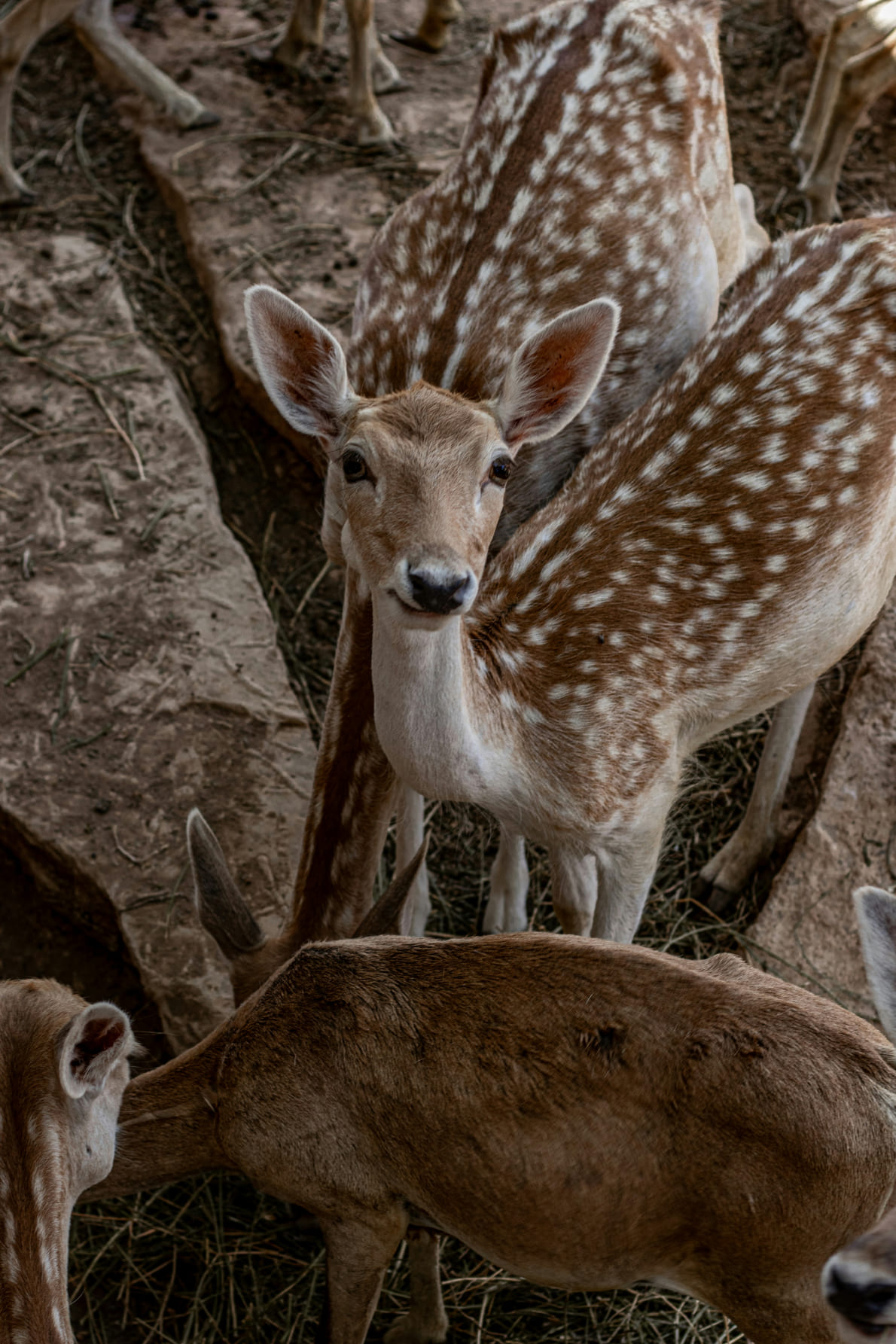
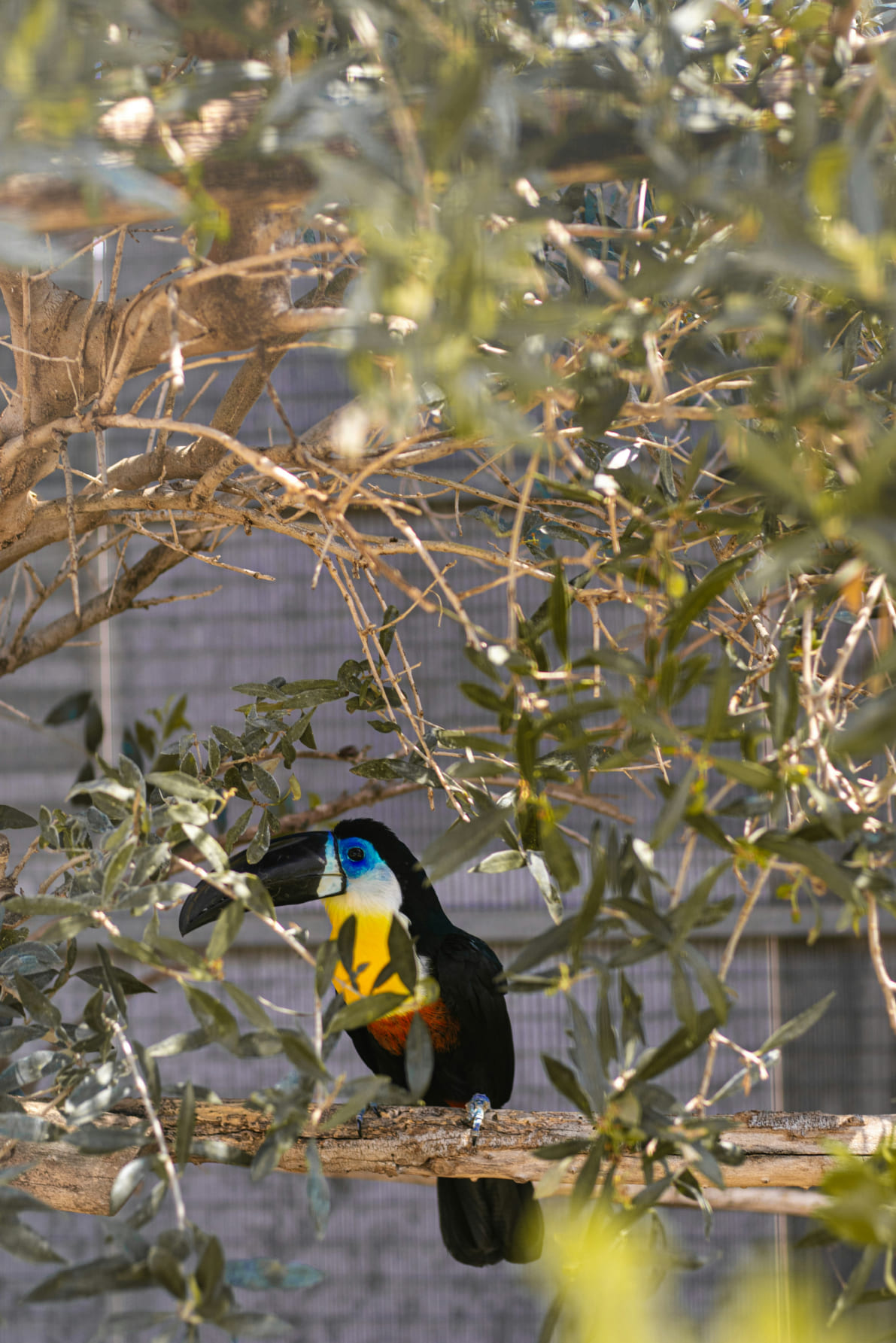
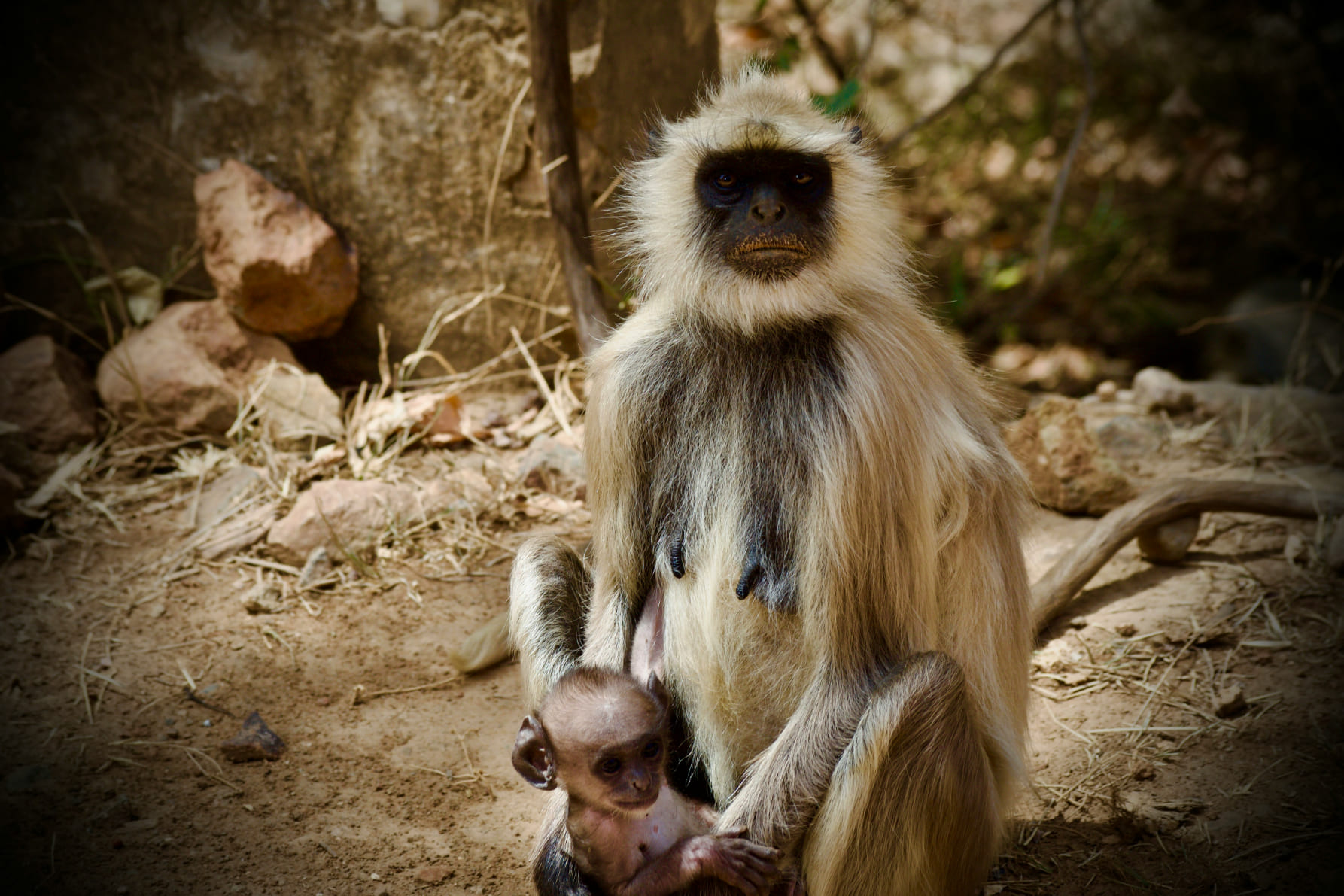
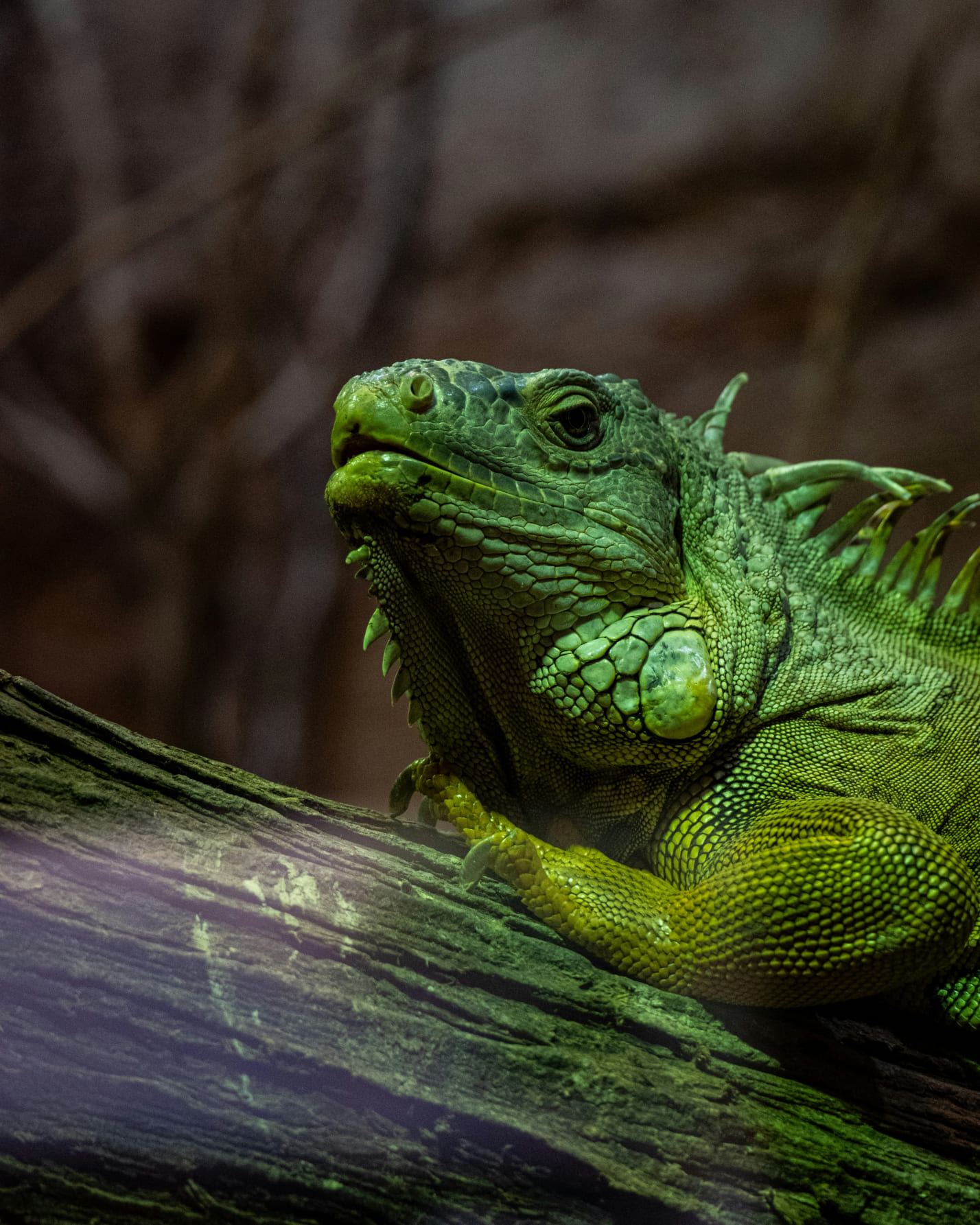
GALLERY






